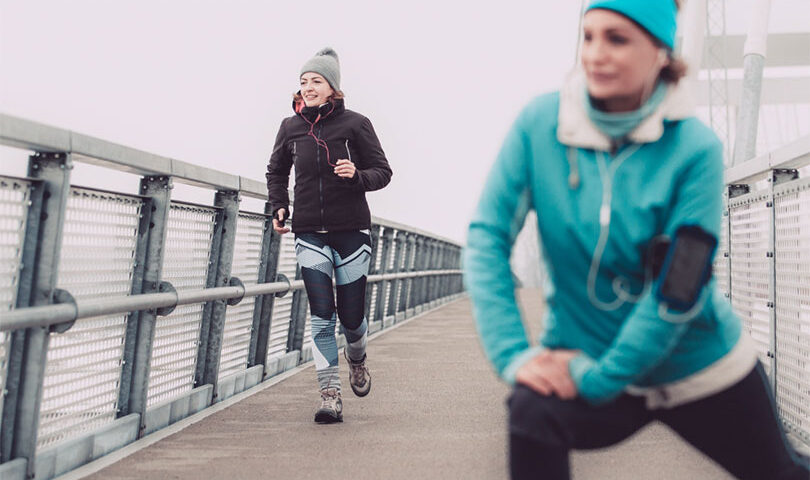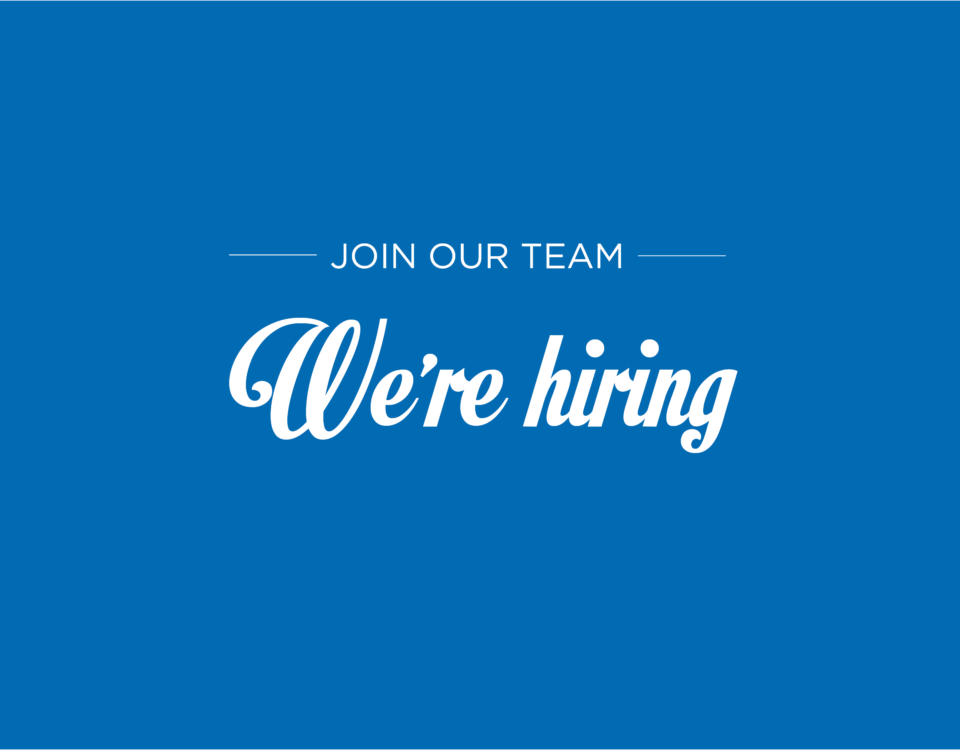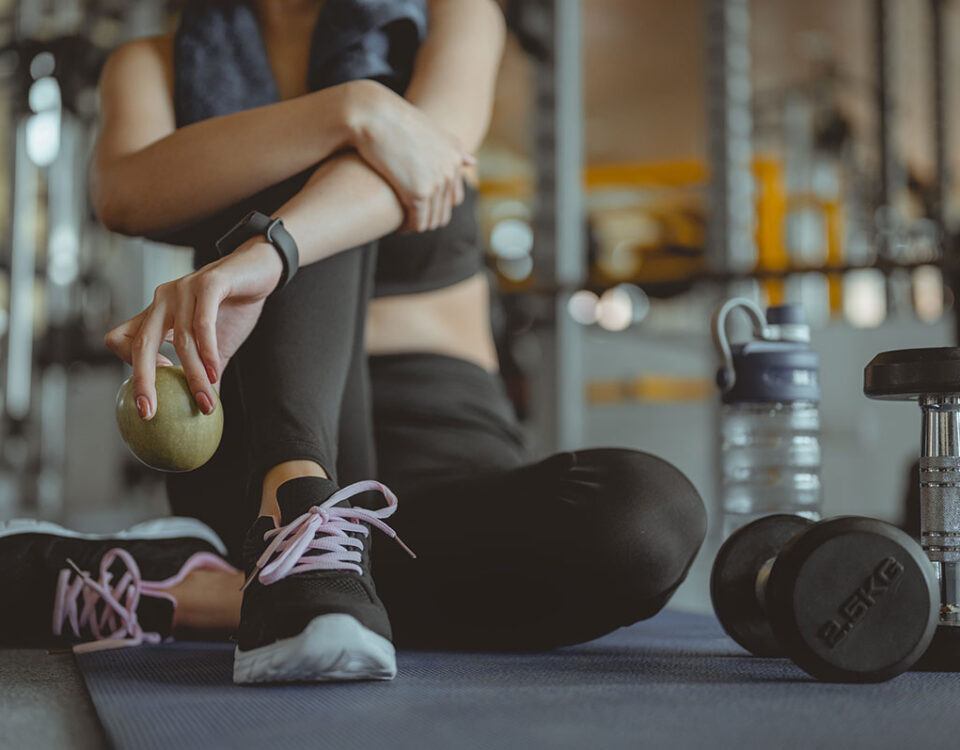Cold Weather Makes Warm Ups Even More Important!

We ‘stretching’ our additional service offerings!
February 7, 2023
Moving Through Fibromyalgia With Physical Therapy
March 11, 2023Warm ups are always important. They gradually raise your heart rate, and get you breathing a little faster. This sends more oxygen, energy, and nutrients to your heart, lungs, and muscles so they can perform at their best. Warm ups also get the aerobic energy system started, which takes several minutes. Getting it going before your activity also helps you perform better.
WHAT’S DIFFERENT IN THE COLD?
Our bodies have a few tricks to stay warm in the cold. One of these is to narrow the blood vessels closest to the skin. That means that the more superficial muscles get less blood flow, making them more likely to be injured if you place too much demand on them before they’re ready. The restriction in the blood vessels also makes your heart work harder. This doesn’t mean you can’t be active in the cold, it just means that you should take a little more time to get your body ready.
HOW TO WARM UP
Start with something to raise your heart rate, maybe a brisk walk or light jog. Follow that with a dynamic warm up like walking or jogging while pulling your knees up high to your chest. Some high front kicks with straight knees will loosen your hamstrings. Walking lunges with an upper body twist will get your whole body moving. Your warm up should match the activity you have planned. If you’re not sure how it should look, ask your physical therapist!
CONSIDER YOUR CLOTHES
Dress in layers so you can adjust your clothing to your activity level. After you warm up, you might want to take off a layer to avoid getting too hot during your main activity. You can always add layers back when your activity level drops or the temperature changes.
EVEN THOUGH IT’S COLD, COOL DOWN
We know it’s tempting to rush inside to a warm blanket and hot drink, but don’t skip the cool down. Keep moving with a walk or another form of active recovery so your heart rate can come down gradually. A cool down also helps your muscles to transition back to a relaxed state and can reduce soreness following your workout. Since your muscles are still warm, your cool down is the right place for static stretching.
The shorter days and lower temperatures don’t mean that you’re stuck inside for all of your exercise. Follow these tips and you can safely keep moving outside. If you’d like a customized warm up or cool down, or have questions about your exercise routine, your physical therapist is a great person to ask!




